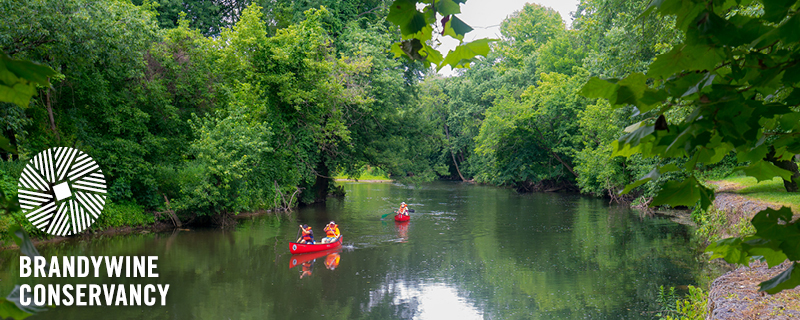
Directors' Report
Dear Fellow Conservationists,
On a hot summer day, nothing is as desired or refreshing as rain, but lately our summer rains seem to be accompanied by flash flood warnings. To make matters worse, prior to our most recent rains there was a lack of meaningful precipitation, with parts of our region experiencing conditions of “drought watch,” “drought warning,” and even “drought emergency” (Source: US Geological Survey Observation Wells).
Unfortunately, for many, the recent rains do not alleviate the potential drought conditions, as intense storm events deliver more water to our infrastructure and streams rather than infiltrating into our soils, groundwater, and aquifers. This is made even worse following a period of dry conditions that leave our soils parched and as hydrologically impervious as surfaces in our built environment. This means we need to prepare for droughts as we simultaneously prepare for flooding.
To rise to this challenge, the Conservancy’s work needs to continue and increase while staying true to our mission of preserving land; helping landowners steward their properties; working with our government partners at the local, county, state, and federal levels; collaborating with our peer organizations to amplify our impact; and developing new tools to meet our current and future challenges.
This edition of Environmental Currents shares a spectrum of this work by showcasing actions landowners can take (Gardening for Moths and A Look at Landowner Stewardship), highlighting the contributions of our local farmers (Agriculture Spotlight: Summer and Eat Local This Summer), and celebrating: the ecosystems of our region (Piedmont Spotlight: Sycamore – Mixed Hardwood Floodplain Forests), our critical pollinators (Fourth Annual Pennsylvania Pollinator Photo Challenge), and those that have left an enduring imprint on our communities (Deb Reardon Memorial Planting and Clean-Up).
This edition also includes an update on the Brandywine Flood Study. A draft of the study will be released for public review and comment later this summer. We are learning a lot and are excited to share the results and work together for a more sustainable and flood resilient Brandywine and region.
Happy reading and Happy Independence Day!
— Stephanie and Grant
Stephanie Armpriester, Director of Conservation and Stewardship
Grant DeCosta, Director of Community Services
Gardening for Moths
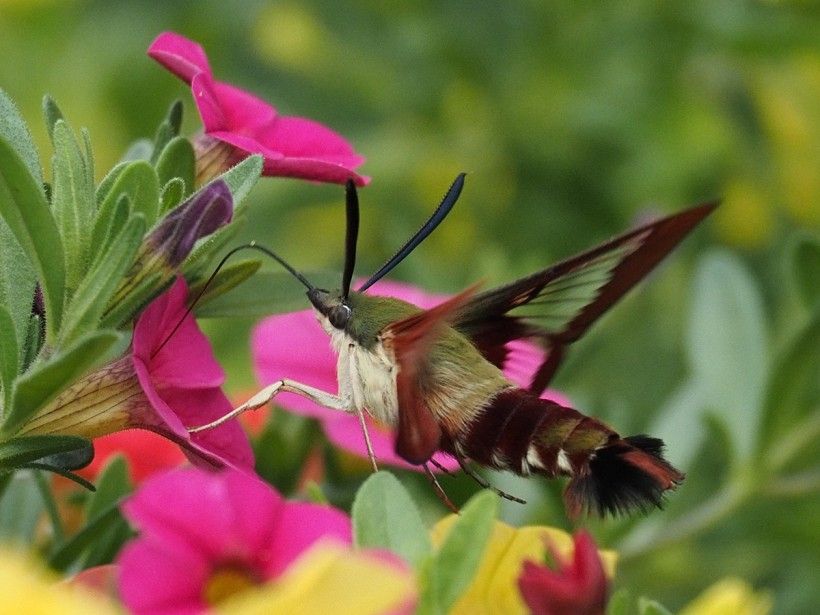
Chances are you probably haven’t given much thought to building a garden for moths. With the majority of moth species performing their duties at night when most humans are sleeping, it’s no surprise that we tend not to think of them as pollinators, hustling to collect nectar and pollen from our gardens under the cover of darkness. We should begin considering moths, though, when landscaping for wildlife.
Click here to read more
Invasive Species Spotlight: Creeping Thistle

In Pennsylvania, Creeping thistle (Cirsium arvense) has a recorded presence approaching 200 years, with the first recorded observation of the species in the commonwealth happening in the Great Valley near Malvern in 1828. Even then, farmers, botanists, and legislators recognized the threat posed by an established population, and legislation for its control was enacted in 1862. Despite this early awareness, the species established populations throughout the country. Today, it is considered a noxious weed in 43 states.
Click here to read more
Eat Local This Summer

Looking to fill your plate with fresh food and locally-grown produce this summer? With more than a third of the land in Chester County designated for agricultural use, you won't have to travel far—everything from meat and eggs, to dairy and honey, as well as cut flowers, wine and cider, and even fiber and wool can be found right here in Chester County! Pick up a copy of the 22nd annual Chester County Farm Guide to connect with more than 125 local family-owned farms and markets. The free Chester County Farm Guide is available online at www.chescofarming.org, and will be available at libraries, township and County offices, Kimberton Whole Foods locations, and at select farm stands.
In addition to supporting small businesses and preserving nearby small-scale farmlands, supporting local food producers benefits the environment in several ways. Eating locally reduces the amount of water that is needed for irrigation of crops produced outside of the region, and reduces fossil fuels, plastics and labor needed for the storage and transport of products across the nation or internationally. The best step you can take towards mitigating water and air pollution is to look locally for the food that reaches your dining room and restaurant tables.
Brandywine Flood Study
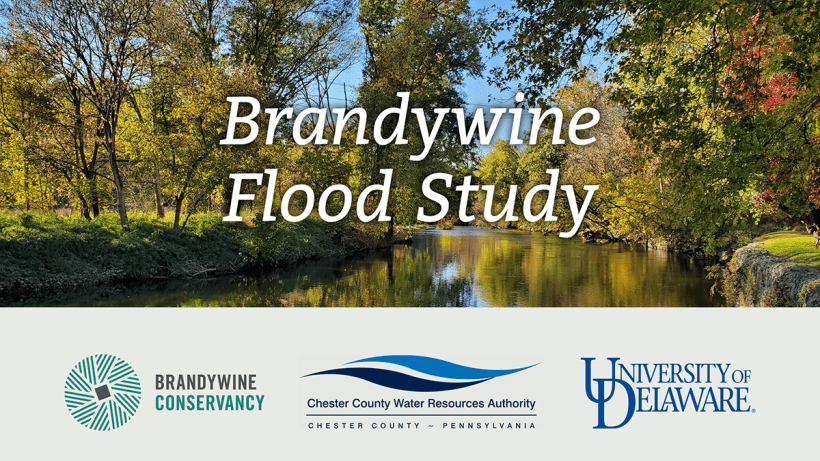
Led by the Brandywine Conservancy in partnership with the Chester County Water Resources Authority and the University of Delaware Water Resources Center, the Brandywine Flood Study is a coordinated effort to better understand where and why flooding occurs along the Brandywine Creek in both PA and DE, and to identify the best approaches to protect our communities from future severe flooding events.
To help guide this comprehensive study, please click here to take our public input survey or click here to engage with our interactive flood study map.
Using these tools will help better inform us about local flooding issues along the Brandywine Creek, including to help us identify other causes of flooding due to things like infrastructure problems and more. You can also submit photos of flood events or areas of concern. You do not need to live in the Brandywine watershed to provide input on how flooding impacts places you may also work, play, travel through, rely on for services, or support being made more resilient against future flooding.
A Look at Landowner Stewardship
Conserving one’s land is only the first step in a lifelong relationship with landowner stewardship. Late last year, the Conservancy launched a new Landowner Stewardship Program to help its easement landowners with improving the overall ecosystem health of their properties on both a local and regional scale. In the following article, we spoke to several of our dedicated landowners to discuss the reasons why they decided to take extra steps to improve their property’s ecological value and the advice they have for other landowners getting involved in stewardship.
Click here to read more
Agriculture Spotlight: Summer

Summer has finally arrived—farm fields are filling in and fresh local produce is becoming available at our local farm stands. Summer not only brings warm weather but more rain as well, with our weather becoming increasingly variable over the past several years. Not only have we experienced more frequent and more severe rain events, but these have often been followed by extended periods of dry weather. Agricultural lands and the success or failure of crops can be greatly affected by these changes in weather patterns, but there are conservation practices that farmers can implement to help reduce their effects.
Click here to read more
Deb Reardon Memorial Planting and Clean-Up
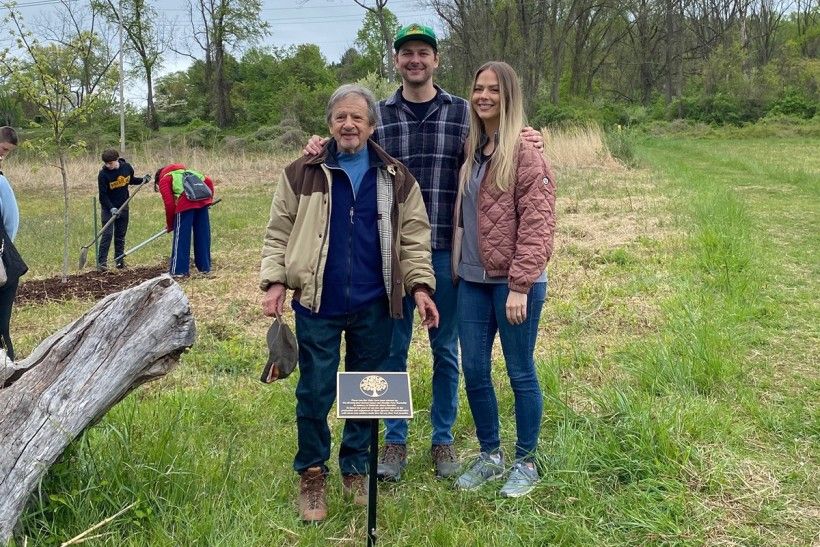
On Saturday, April 27, members of the Chadds Ford Township community gathered around a fork in the Harvey Run Trail. It was a cool spring morning, and the group of township and Conservancy staff, volunteers, friends, and family had come together to celebrate the memory of former Chadds Ford Township Open Space Chairman, Deb Reardon. Off to the side were shovels and pruners, among other trail maintenance tools.
Held in conjunction with the Township’s Earth Day celebration, the ceremony was preceded by a road clean-up earlier that morning and followed by volunteer restoration work along Harvey Run Trail, which is jointly managed by Chadds Ford Township and the Brandywine Conservancy.
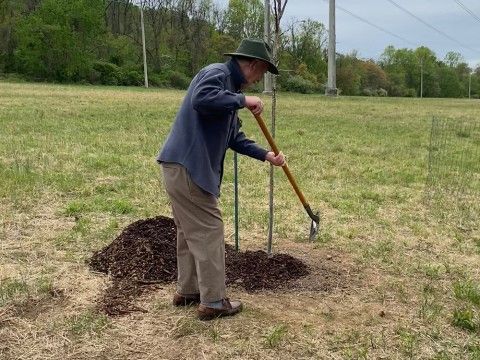
Deb Reardon dedicated nearly 20 years to serving on Chadds Ford Township’s Open Space Committee, and in that time made an incredible impact. Many community members—both at her memorial, and long before—spoke fondly of Deb’s dedication to bettering her community, and the determination she brought to every project she worked on. She was a passionate conservationist who headed the effort to create the Harvey Run Trail. She also helped create the township’s first fee-in-lieu ordinance to generate funds for open space conservation.
The Brandywine Conservancy had the distinct privilege of working with Deb throughout her time on the Open Space Committee, and particularly in the development of the Harvey Run Trail. In an interview with Chadds Ford Live upon the opening of the trail, Deb said, “To create an outstanding relationship with the conservancy was important because their goals and ours are on an equal par. That is, we want people outside in nature they can appreciate and respect.”
In her honor, two burr oak trees were planted, one on each side of the trail that divides the township’s property from Brandywine’s. Between them, next to a perfectly seat-shaped log, the below plaque was erected.

Following comments from Deb’s husband and children, township supervisors, and the Conservancy’s Grant DeCosta, the group took turns shoveling and distributing mulch around the newly planted saplings. Deb’s daughter, who flew all the way from California for the event, noted how happy it would’ve made her mother to see this event and volunteer work being done in her honor.
Volunteers then picked up their tools and took to the trail. The group spent the next two hours removing tree tubes from saplings previously planted along the creek, cutting back invasive plant species, and planting new tulip poplar and birch saplings along an unforested part of the creek bank. The volunteers took on a large part of the trail, and surpassed the amount of work that was initially planned by event organizers. The Conservancy plans to finish the little remaining clean-up work on the trail during a staff event this summer.
If you’d like to see the beautiful memorial in Deb Reardon’s honor and admire the fantastic work done by volunteers that day, take a walk along Harvey Run Trail this summer. The use of the trails by the community was one of Deb’s greatest goals, and one that the Conservancy strives to foster in its work every day.
Piedmont Spotlight: Sycamore – Mixed Hardwood Floodplain Forests

Though the mention of Pennsylvania might conjure images of undulating, misty mountains flocked with dense forests divided by stony cold-water creeks, the Piedmont offers a different vista. Bridging the sandy flatlands of the Coastal Plain and the Appalachian mountains, the Piedmont has physiological characteristics indicative of both regions. The Welsh Mountains of northern Chester County give a sample of the larger peaks found further inland, while broad waterways like the Brandywine Creek or the Big Elk Creek bely brackish bays farther south. Until now, most of our spotlights have highlighted forest types characteristic of the upland, hillier part of the Piedmont. In this spotlight, however, we will focus on the Sycamore – Mixed Hardwood Floodplain Forests found on the banks and floodplains of the Piedmont’s larger waterways.
Click here to read more
Thinking Big Picture with Multi-Municipal Planning

While land conservation has always been at the core of the Brandywine Conservancy’s mission, early on we also recognized the importance of complimentary approaches in protecting and conserving the land, water, natural, and cultural resources throughout the Brandywine-Christina watershed. One approach has been to offer municipal planning through the Conservancy’s Municipal Assistance Program.
Click here to read more
Fourth Annual Pennsylvania Pollinator Photo Challenge
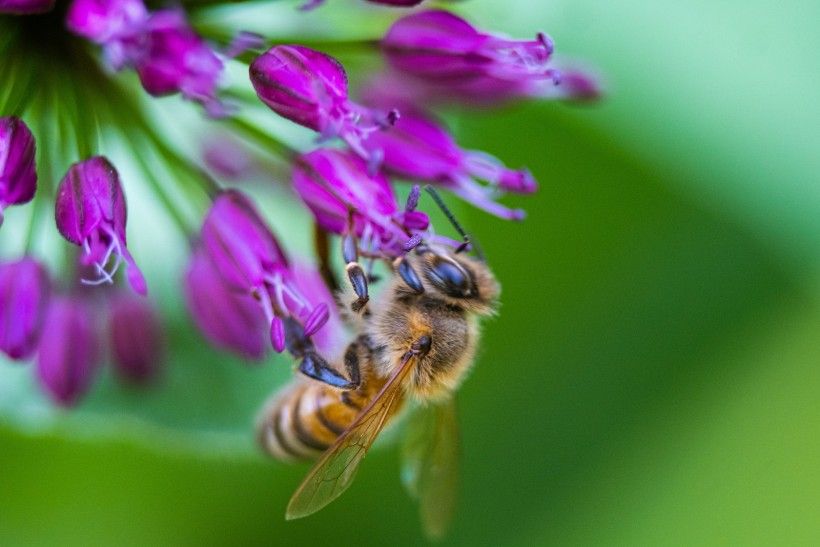
Hosted by the Brandywine's Penguin Court Preserve and the Westmoreland Pollinator Partners—both based in Westmoreland County, PA—the fourth annual Pennsylvania Pollinator Photo Challenge is open to the public now through August 3, 2024! With categories for adults and youth 17 years and younger, this photo contest invites the public to submit their best photos of pollinators found and photographed in Pennsylvania.
Melissa Reckner, Penguin Court Program Manager, said, “We started this contest as a result of the pandemic. Everyone was exploring their backyards or natural spaces and more closely observing the life found within them. It created a thirst for knowledge that could be sated with Community Science tools like iNaturalist, and the quality of cell phone cameras is rather phenomenal. I’m impressed by the images that are submitted.”
This year, the Westmoreland Pollinator Partners are highlighting moths as pollinators and so, in addition to awards for first, second, and third place entries, a prize will be awarded to the best image of a moth in any of its life stages.
“Moths are underappreciated pollinators, and so with this new category, perhaps people will be inspired to go outside after dark and see what insects are visiting their native plants when most people are sleeping,” Reckner said.
Submissions will be accepted via a Google form through August 3, 2024. Winners will be announced at the “Monarchs, Milkweed and More: the Moths Edition” event on August 25, 2024 at the Southern Alleghenies Museum of Art in Ligonier. For complete rules and submission guidelines, please visit the photo challenge website.